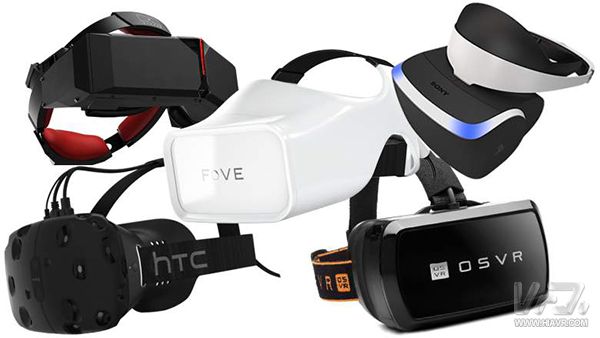
2017 may not be a good time for advertising. A series of budget cuts, legal developments and public skepticism regarding the measurement of digital advertising models have collectively reduced confidence in the industry.
However, this is not a big deal in the future. The new development environment for virtual reality provides a whole new opportunity to redefine the measure of engagement through “gaze controlâ€. Combining this new measure with the bookkeeping technology behind the blockchain, we can establish a new, open and transparent model.
The problem with old adsSignals of problems in the early warning system emerged one after another. In August, Sir Martin Sorrell, president of WPP (the world's largest advertising company), announced that consumer goods companies had reduced advertising spending, and then the company's shares fell by 10%. Prior to the press release, Procter & Gamble (P&G) claimed that it had reduced the digital advertising budget by 100 million to 140 million US dollars because of some "invalid" advertisements related to brand safety and delivery.
Coincidentally, Uber announced last month that they had taken legal measures to sue Fetch Media for "a waste of tens of millions of dollars for the purchase of non-existent, non-browsable, fraudulent advertising." In fact, the advertising fraud report published by WPP's research organization in March this year has already exposed this problem. The agency estimates that machine fraud costs may be as high as $ 12.48 billion, which is about 20% of the global digital advertising investment.
This is also a long-standing problem for digital advertisers. This problem is attributed to some treacherous players trying to manipulate metrics used to track consumer interaction and participation. Slowly, the trust in the market has continued to decline, and many players have begun to take action. Some have reduced the cost of advertising, some have introduced new content-oriented methods into marketing behavior. This may sound like a very thoughtful idea, but it also reflects the stagnation of the entire digital advertising industry. The widespread use of advertising blocking technology also shows that consumers are very tired of advertising on websites and social platforms.
So the question arises. For example, what happens after the new conditions that VR and AR can implement?
Faster and more varied experienceNot surprisingly, Google has now encouraged developers to actively use VR prototypes to show how to transform traditional advertising. However, this does indeed look a bit like "embedding" existing models into new technologies, rather than figuring out exactly what kinds of ads really fit into today's world.
Now we need to make a decision, whether the advertising model that has been broken nowadays really adapts to today's environment, and we need to ask ourselves whether this new medium can provide opportunities for the emergence of new methods.
The greater advantage VR/AR has over other digital channels is that more media can be used. It is in full control of the user's hands and can make different changes with the user's mood. In VR and AR, users do not click on different links and content pages. Instead, they use head, body and eye movements to select and focus on new areas. This phenomenon is called "gaze control," and the instinctual and rapid adaptability in the process can bring about a faster and more subtle experience.
To get ads back to life, advertisers need to understand whether their ads are really effective. Today's existing models use units such as click-through rate and watch integrity to test and measure marketing strategies and programs. This discriminating ability and structure, which were not previously known to measure metrics, also contributed to the initial popularity of digital advertising. But VR and AR do not use this kind of interaction. “Gaze control†becomes very important in this environment because it is a measure that can be integrated into the VR/VR user experience. I also think it can be used to build transparent and trustable advertising models. For example, the advertiser may be charged at the time when the user knows the brand content in the VR/AR, starting from the beginning of "gaze control".
Blockchain as an advertising platformAnother "killer" is a blockchain. Blending these two kinds of fresh technologies can generate a new advertising model. The blockchain can be used to record the ownership of content assets and participation indicators, such as gaze control. At the same time, it can also be used as the basis of a trading platform to collect all data points. A new advertising model can be established by using distributed ledger technology to record complex content attribution.
AR and VR technologies can achieve these new experiences. Combining the "gaze control" provides a measure, combined with the blockchain's fast, transparent and trustworthy bookkeeping technology, brands and content producers can create a new advertising model for use in today's new environment.
In places where the grid availability is zero or where there are high instances of power cut, Off-grid systems are an apt solution for relief from power cuts and they can be installed with a standalone inverter with a separate or integrated charge controller.
If the off-grid system is designed with appropriate solar panels and Battery, it can supply power throughout the year without ever relying on the grid power. If the system is under designed then the battery is always in very low status. We use inverters from reputed brands like Growatt,Goodwe and HuaWei for our off-grid systems.
Off Grid System,Off Grid Solar System,Off Grid Power Systems,Off Grid Solar Power Systems
Wuxi Sunket New Energy Technology Co.,Ltd , https://www.sunketsolar.com